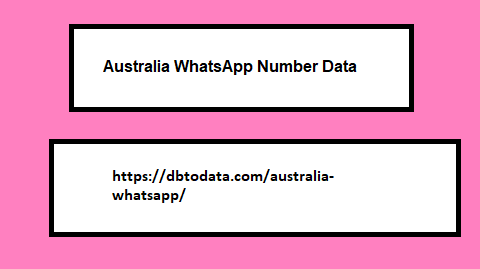Post by account_disabled on Mar 4, 2024 9:02:42 GMT 5.5
Conversational marketing has made its way into the digital strategies of companies, also thanks to the spread of bot technologies which have transformed chats into effective tools for lead generation, initially alongside and in some cases even replacing the more traditional ones. form. The reason is simple: chatbots are able to offer that personalized experience that is the goal of companies' digital sites and channels; but is this really the end of forms? Find out by continuing to read this article! The role of chatbots and forms in the user experience The objective of chatbots that are activated on company websites is to improve the users' browsing experience; the fact that it is a relatively new technology, however, may discourage some from using it. On the contrary, forms are tools known and typically used to request detailed information, access content, register for an event or send your application in response to a job offer. What does it take to get users used to using chats? The first step is to offer an opportunity for interaction.
including chats in the company website optimization strategy , in parallel with forms. Forms continue to be important in lead generation, but there are cases in which chats (and bots) help demonstrate closeness and availability towards prospects and customers, because they are objectively more interactive and do not leave users with the feeling of speak for yourself, thus increasing conversion opportunities. Pay attention to the pages where the chat window must and must not be active For example, if a visitor clicks a call to action Australia WhatsApp Number Data lands on a landing page that contains a form - a perfect example of lead generation - the fact that the invitation to interact in chat appears could be frustrating, discourage them from filling out the form and lead to abandonment of the page. New Call-to-action When is it better to use the form and when the chatbot? Among the main advantages of chats, we find their ability to convert site visitors into leads, collecting their contact data in a natural way and without transporting them to a landing page .

If the information to be requested from the user is minimal (for example for subscribing to the newsletter), a small form that appears in the form of a pop-up may also be sufficient. Let's say the visitor is reading a blog article, rather than the need to chat with a bot - which can therefore remain in a corner of the page - he may want to delve deeper into the topic of interest by downloading free, accessible content after filling out a form. However, when the user is on the site and is looking for a specific section, the chatbot can help him, directing him and answering any questions. Even visitors returning to the site, who are looking for new information for their purchasing journey, can find valid support in the chats which, however, must be structured based on the sales processes and, at the same time, qualify the leads.
including chats in the company website optimization strategy , in parallel with forms. Forms continue to be important in lead generation, but there are cases in which chats (and bots) help demonstrate closeness and availability towards prospects and customers, because they are objectively more interactive and do not leave users with the feeling of speak for yourself, thus increasing conversion opportunities. Pay attention to the pages where the chat window must and must not be active For example, if a visitor clicks a call to action Australia WhatsApp Number Data lands on a landing page that contains a form - a perfect example of lead generation - the fact that the invitation to interact in chat appears could be frustrating, discourage them from filling out the form and lead to abandonment of the page. New Call-to-action When is it better to use the form and when the chatbot? Among the main advantages of chats, we find their ability to convert site visitors into leads, collecting their contact data in a natural way and without transporting them to a landing page .

If the information to be requested from the user is minimal (for example for subscribing to the newsletter), a small form that appears in the form of a pop-up may also be sufficient. Let's say the visitor is reading a blog article, rather than the need to chat with a bot - which can therefore remain in a corner of the page - he may want to delve deeper into the topic of interest by downloading free, accessible content after filling out a form. However, when the user is on the site and is looking for a specific section, the chatbot can help him, directing him and answering any questions. Even visitors returning to the site, who are looking for new information for their purchasing journey, can find valid support in the chats which, however, must be structured based on the sales processes and, at the same time, qualify the leads.
